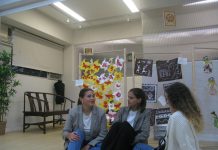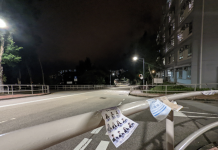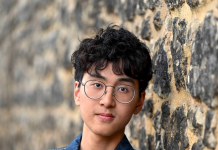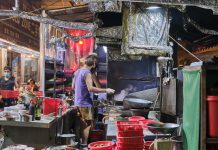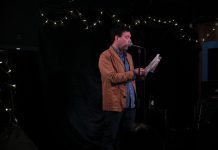Yet, Carrie Lam Cheng Yuet-ngor, the Chief Secretary for Administration, says the forecourt is not part of the public open space mentioned in the planning permission, but simply an open area used as a vehicular access for the CGO. Lam says it is a government property and the decision to erect the fences was made to enhance security around the CGO.
For Tam Yiu-chung, the chairman of the Democratic Alliance for the Betterment and Progress of Hong Kong, whether or not the square is a bona fide public space is a secondary concern. He regards occupying public space, as protesters did on September 26, as a misuse of rights and freedom. Tam agrees with the closing of the forecourt as a measure for maintaining public order.
“The two glass doors of the CGO were broken during the confrontation between the protesters and the police. This shows that the protesters can be quite radical and therefore regulation is needed for security reasons,” he says.

Alan Leong Kah-kit, the leader of the Civic Party, disagrees. He believes the current ordinance fails to grant people enough human rights and freedom. “I really think Hong Kong people deserve to be respected more given what we have amply demonstrated as a bunch of civilised intellectuals who definitely would be behaving ourselves when we are exercising our rights and freedom of assembly and demonstration,” he says.
Leong is also unconvinced by the Administration Wing’s stated security concerns. “If you are truly a Chief Executive of the people, for the people, by the people, why should you be afraid?” he says. “Because they do not want to come face to face with the people and this is a clear piece of evidence that we are moving towards of an authoritarian regime.”
Leong suggests public space can be used as a platform for communication between the public and the government.
Without enough existing public spaces for people to express their opinions, Leong thinks Harcourt Village provided an unprecedented experience for Hongkongers. His vivid recollections of holding meetings with his colleagues and sitting on Garden Road during the movement have made him reflect on the idea of public space and its uses.
“That experience I hope will result in more Hong Kong people embracing the idea that we should actually make available more public space for Hong Kong people to interact, for them to enjoy, and for them to put their creative minds to work,” he says.
Edited By Vivian Lai












